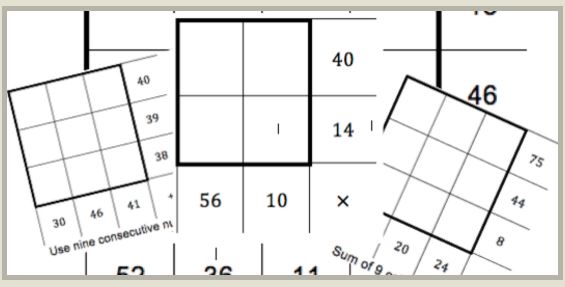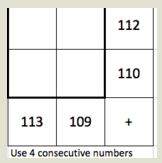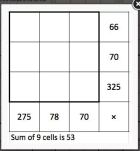All the content of this blog can now be found on Mathematics Learning and Technology and any future updates and additions will be made there. All sections have been updated and checked, additionally, there are many new activities and some new sections also.
Resources for the beginnings and endings of lessons can be found in the Lesson Planning series of pages, in particular on the following pages:
The Starters page includes an Index of starters to jump to a particular section.
- Collections
- Retrieval Practice
- Challenges
- Number
- Algebra
- Advanced Level Starters

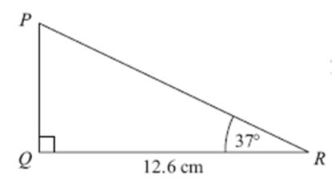
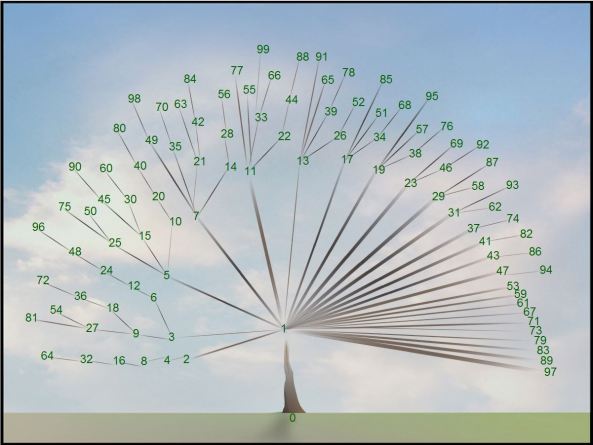
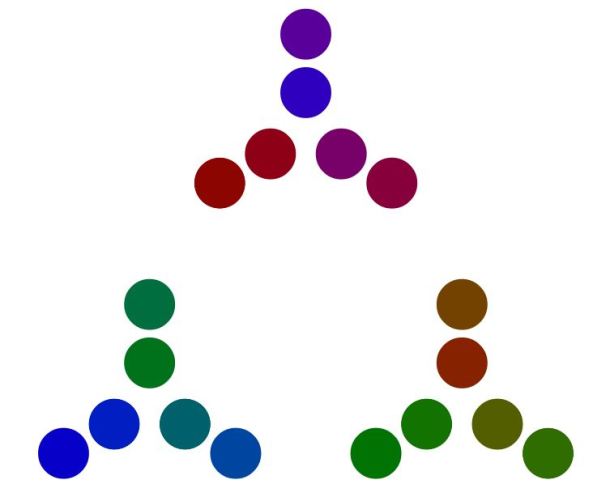
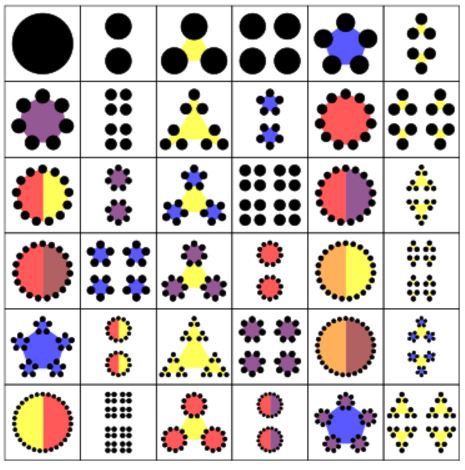
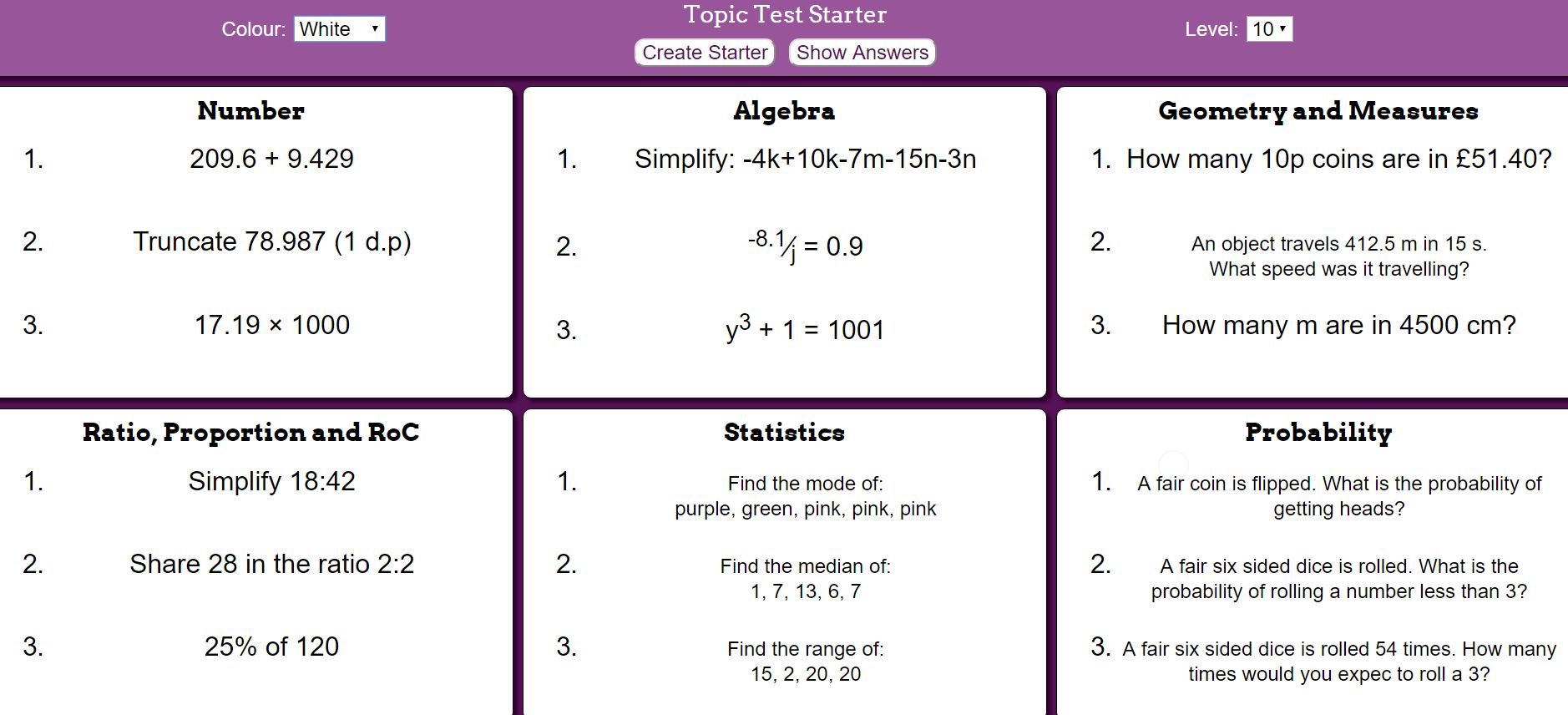


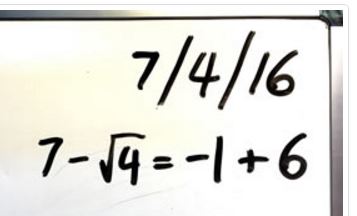
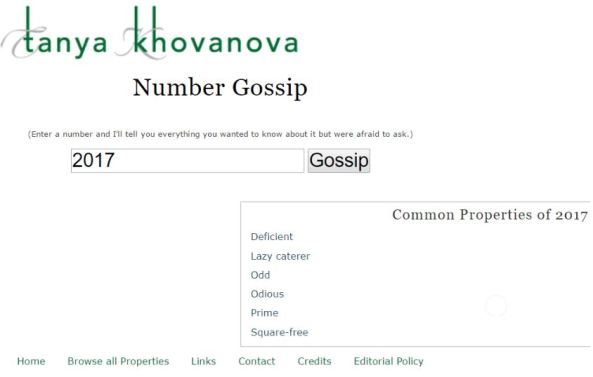

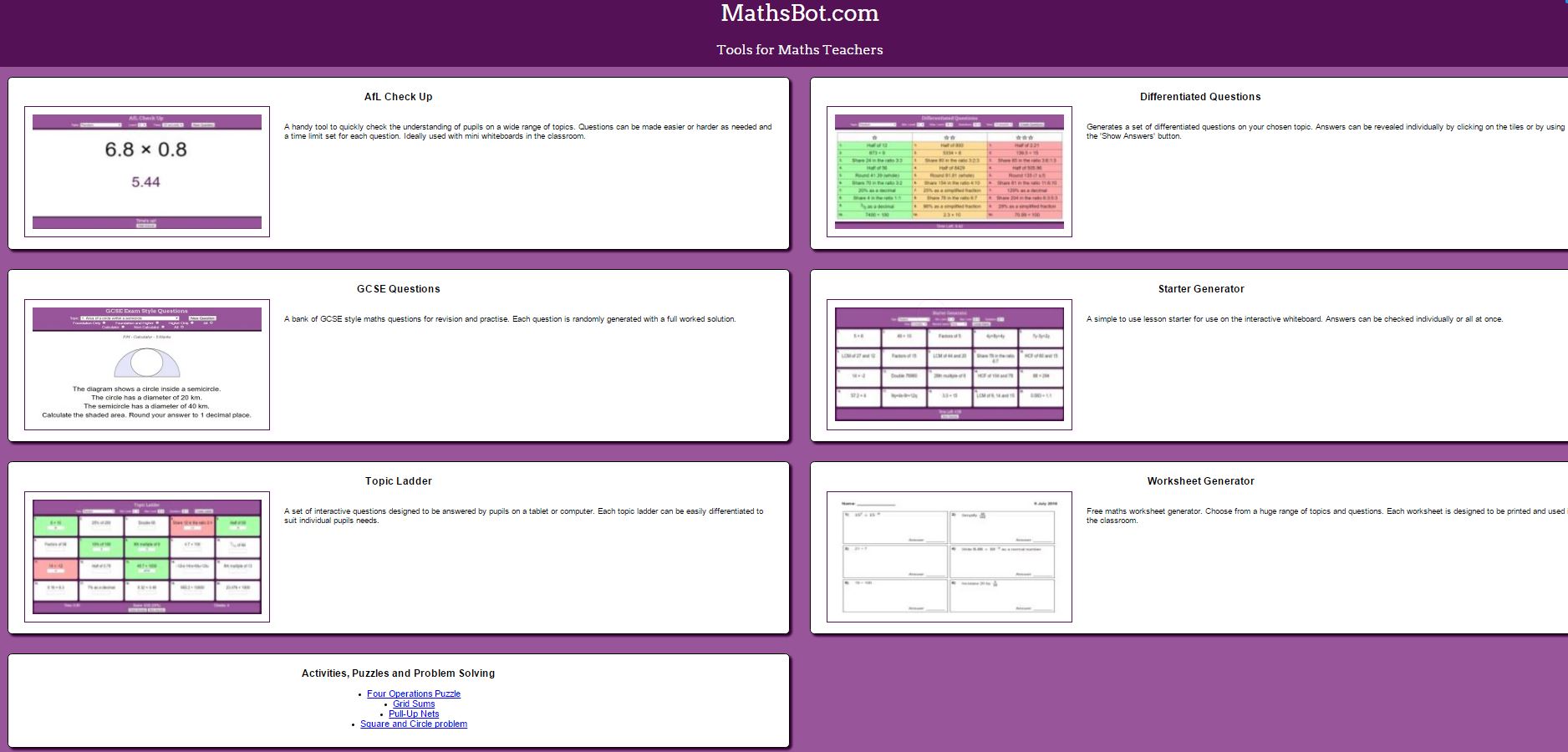
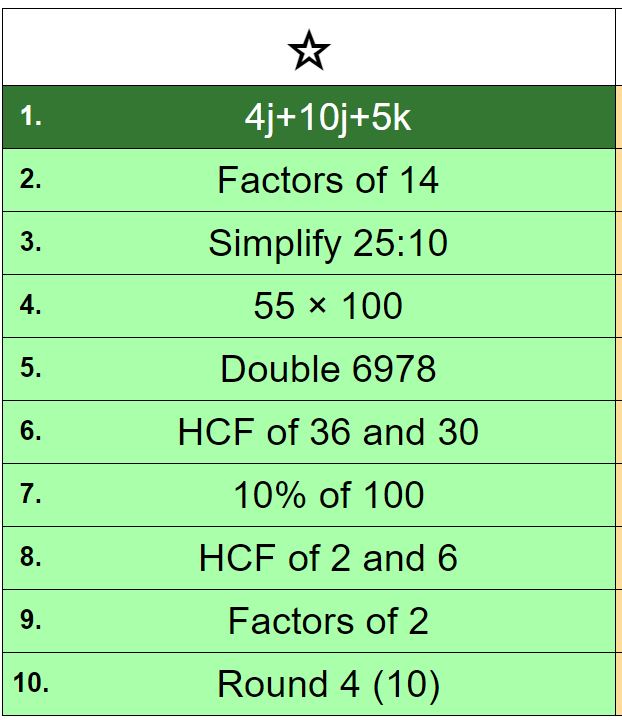
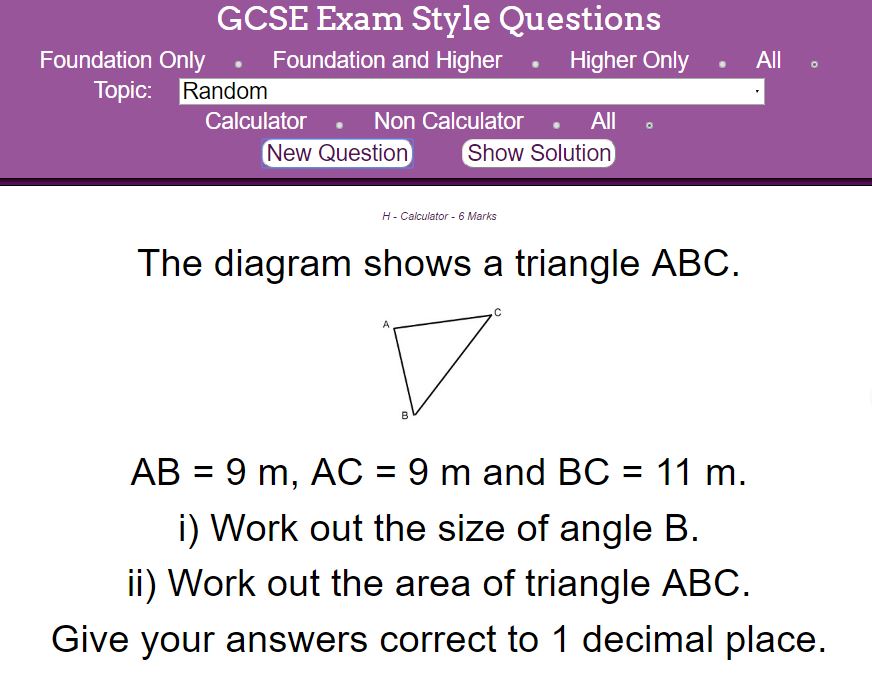
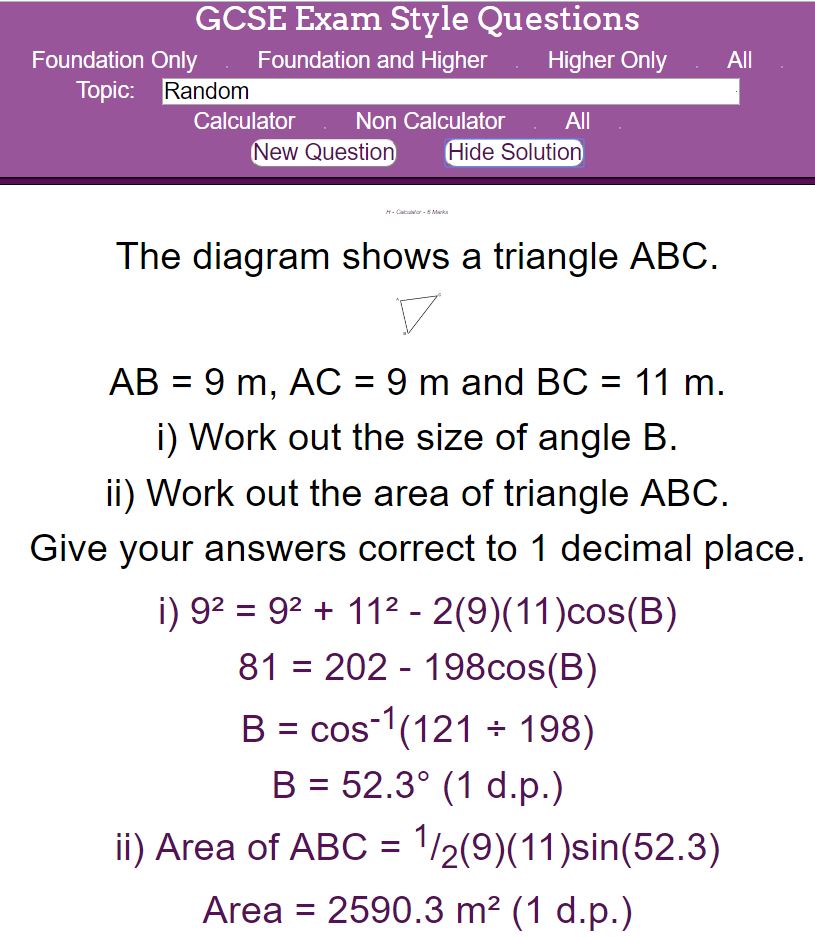
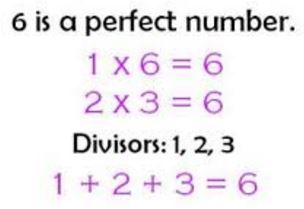 Perfect because 28 and 6 are both perfect numbers. You can easily check for properties of any number with Tanya Khovanova’s
Perfect because 28 and 6 are both perfect numbers. You can easily check for properties of any number with Tanya Khovanova’s 